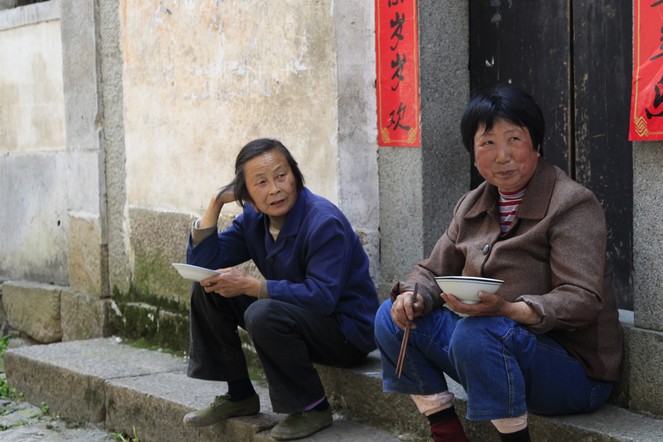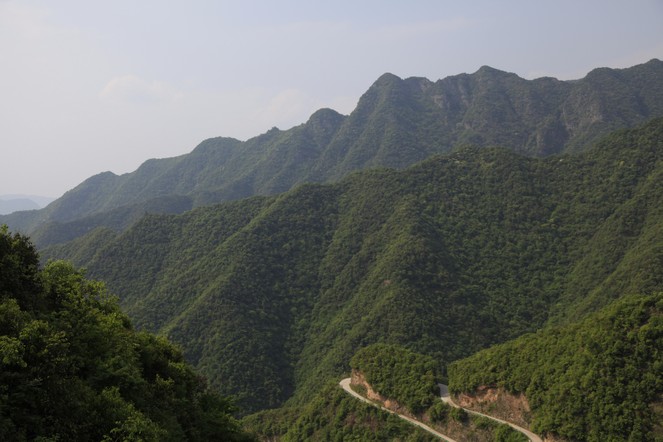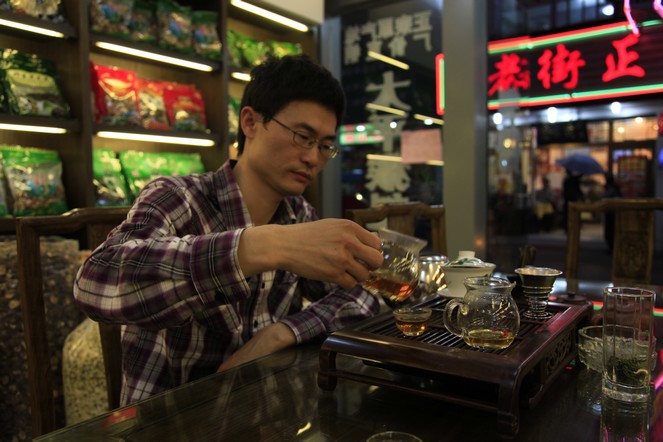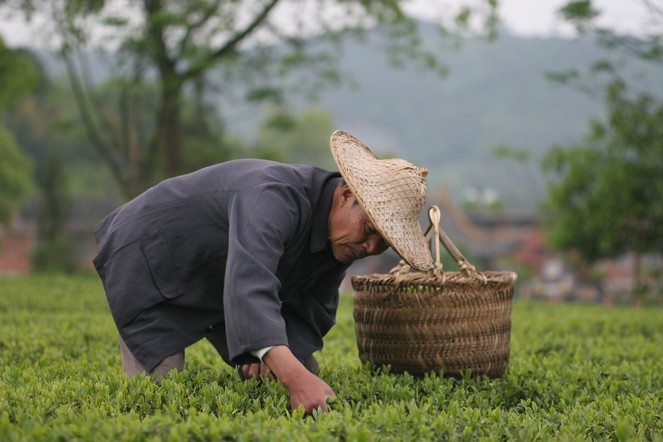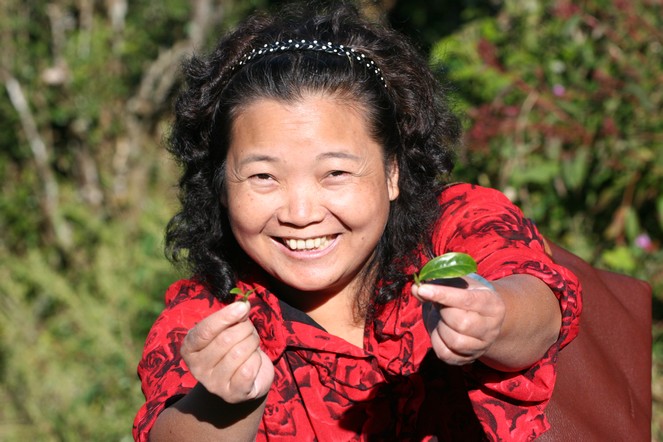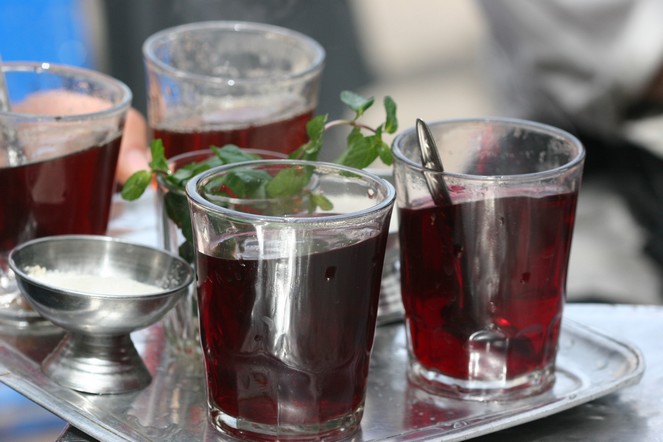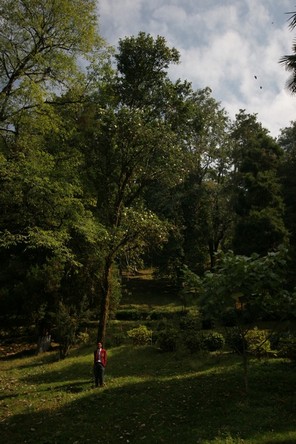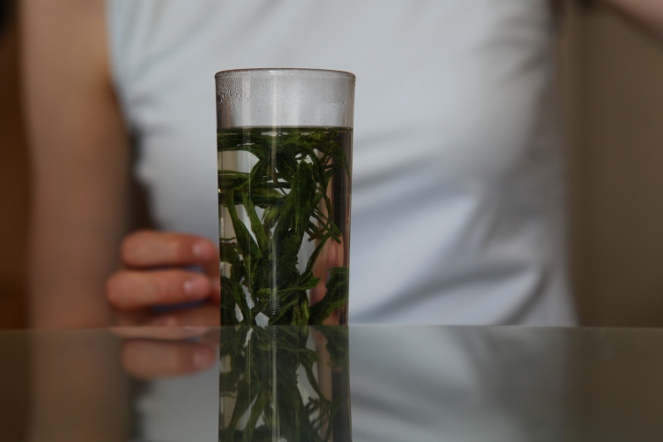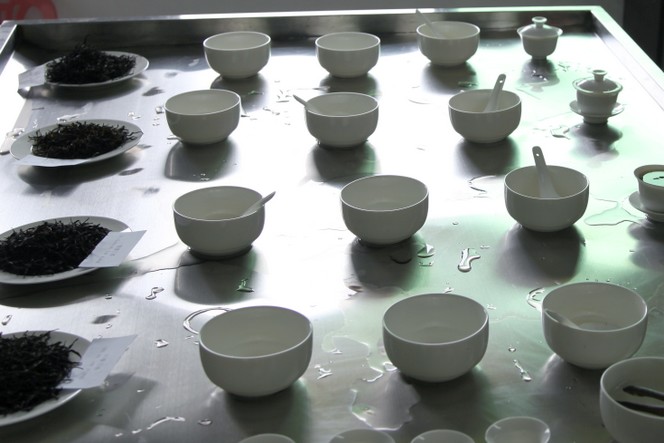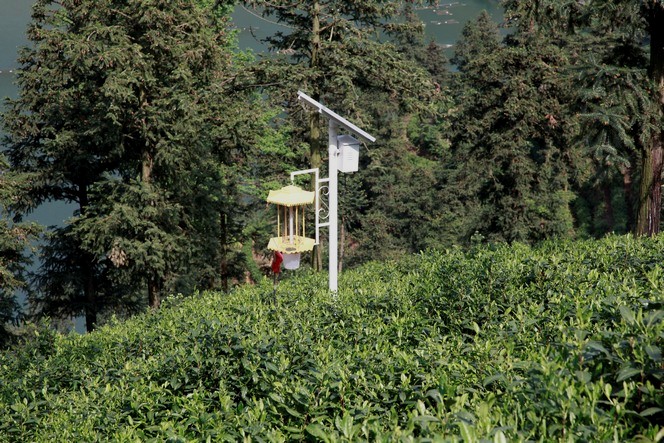People talk a lot about how China is modernising, and it’s true that the country has developed at an incredible rate over the past 30 years. Nonetheless, nothing delights me more than to travel around China’s countryside and small towns. Taking a detour down a cobbled backstreet, I came across some villagers. They sit on their doorstep, a bowl of noodles in one hand and a pair of chopsticks in the other, and chat away for hours. This is the more gently-paced side of China.
China
Visiting fine tea plantations in China
Among the best-known green teas in China are names such as Huang Hua Yun Jian and Yongxi Huo Qing. A couple of weeks ago I decided I wanted to visit the villages that produce these two rare, delicate teas. I have a weak spot for the first one in particular.
It is difficult to imagine the number of hours it took me to get there, over mountains and passes, before finishing the journey on foot along a path of stone and mud. It just proves that the finest teas are worth it.
Infatuation with black tea in China
For centuries, the Chinese drank mainly green tea, leaving black tea to foreigners. However, in the past year or two they have become infatuated with black tea. They call it Hong cha, due to the colour of the infused leaf, which is red; the best known here is called Jin Jun Mei. Of course, prices have rocketed, which happens every time our Chinese friends start a new trend.
Spring teas
Teas plucked in the spring are considered to be the best in many production regions. China is no exception, when it comes to green teas at least. In this country, teas from prestigious places (Long Jing, Bi Luo Chun, Huang Shan Mao Feng and many others) that are plucked before the Qingming festival at the beginning of April are in such high demand that they become unaffordable.
Tribute to women working in the tea industry
International Women’s Day is an excellent opportunity for me to pay tribute to all women working in the tea industry. From harvesting to processing, from packaging to quality control, tea involves a great deal of work. Many women manage work alongside family life, like the indefatigable Mrs Zhou.
The different marriages of tea
I hear that there is much talk of marriage at the moment in France, and the opportunity has arisen for me to tell you what I think of it.
If there is one marriage I cannot recommend, it is tea with a slice of lemon. The effect of the acidity alters the tannins and the aromas, and the result is not particularly harmonious.
On the other hand, if we look at practices around the world, tea is open to many marriages: with mint leaves in Morocco, cardamom pods in Afghanistan, rancid yak butter in Tibet, jasmine flowers in China, a drop of milk in Britain, and with a little of all the spices in India.
Vive la différence – and vive l’harmonie!
Century-old wild tea plants
You may have to drive for several days to see them. But you will also find a tea plant the size of a tree in Darjeeling, in the Botanic Gardens. It is the same age as the region’s tea plantations, nearly two hundred years old.
To give you an idea of its size, I asked someone measuring around 180cm to stand at its foot.
Tea: a simple pleasure
Sometimes I hear people say that they would drink tea if only they knew how to go about it, and that they worried about getting it wrong.
But tea is simply this, as Sen No Rikyû said: heat the water, make the tea, and drink it as it suits you.
The “zhong”: a good means to assess a tea’s potential
There are many ways of drinking tea. At home you can use a teapot, a mug, a “kyusu” or a “zhong”, to name a few…
When I visit farmers I discover other methods of preparing tea, sometimes using different equipment. So I adapt my approach to the tasting according to the method used. Here, with our producer of Dan Congs, the teas are infused three times in a row, in a zhong, and each infusion is poured immediately into one of the bowls set out in front. We taste each of the three liquors, and can then easily assess the tea’s potential to be prepared using the “Gong Fu Cha”.
An ingenious solar-powered insect trap
During the warm, humid seasons the leaves of the tea plant attract all sorts of insects. You must either keep away the bugs or eliminate them if you don’t want your crop ruined. Rather than using products that degrade the quality of the tea, are not good for the environment and are also costly, farmers often come up with ingenious solutions. Here, near the Village of the Monkeys (China), they have created a solar-powered insect trap.

